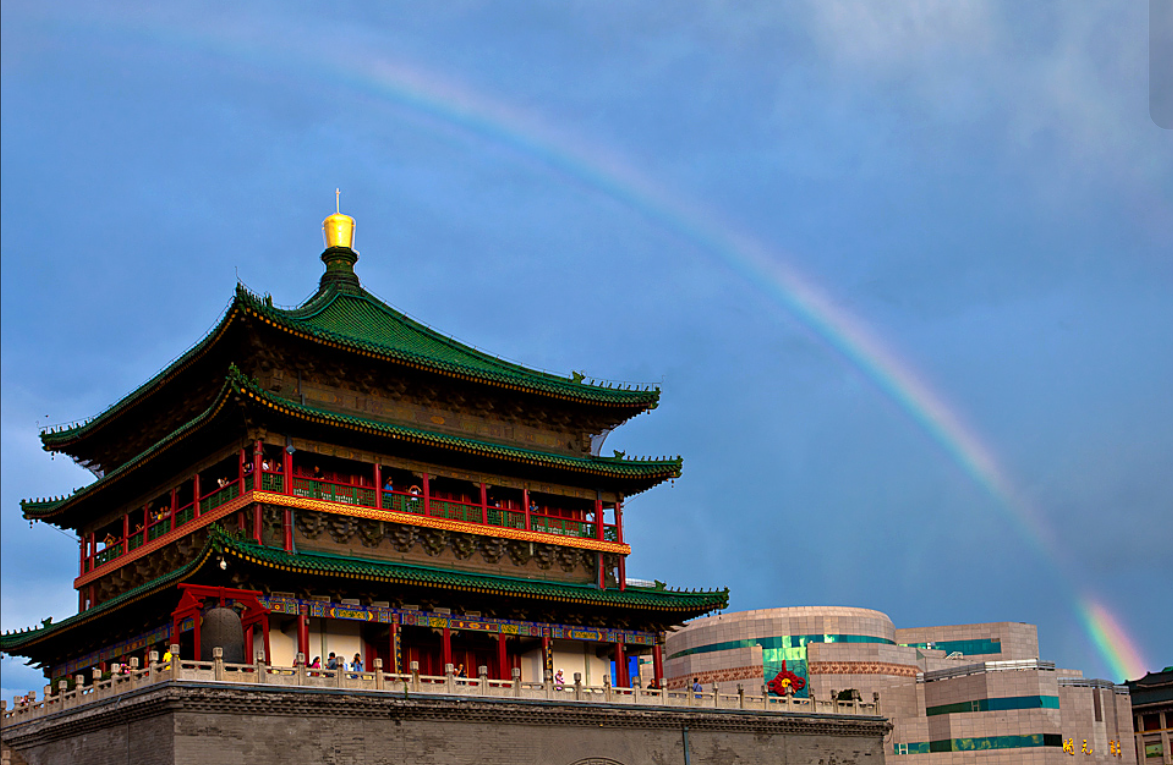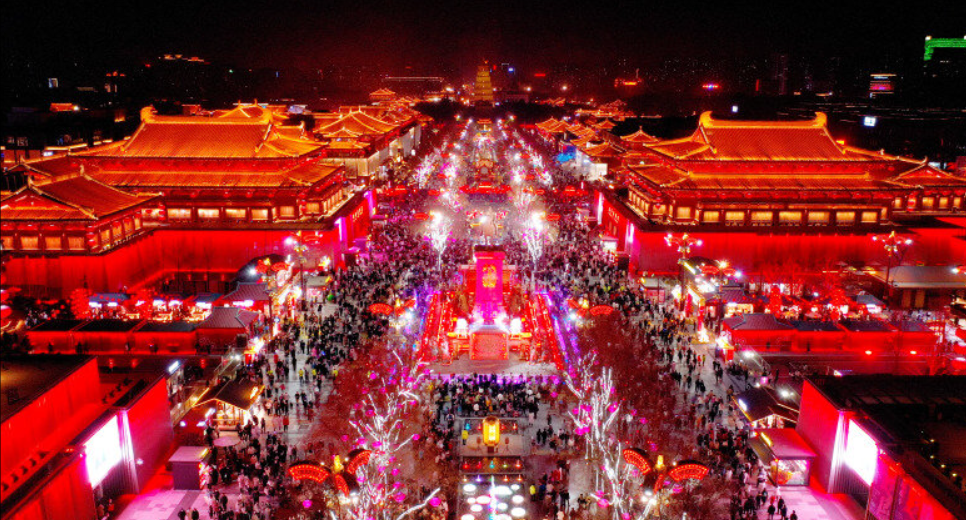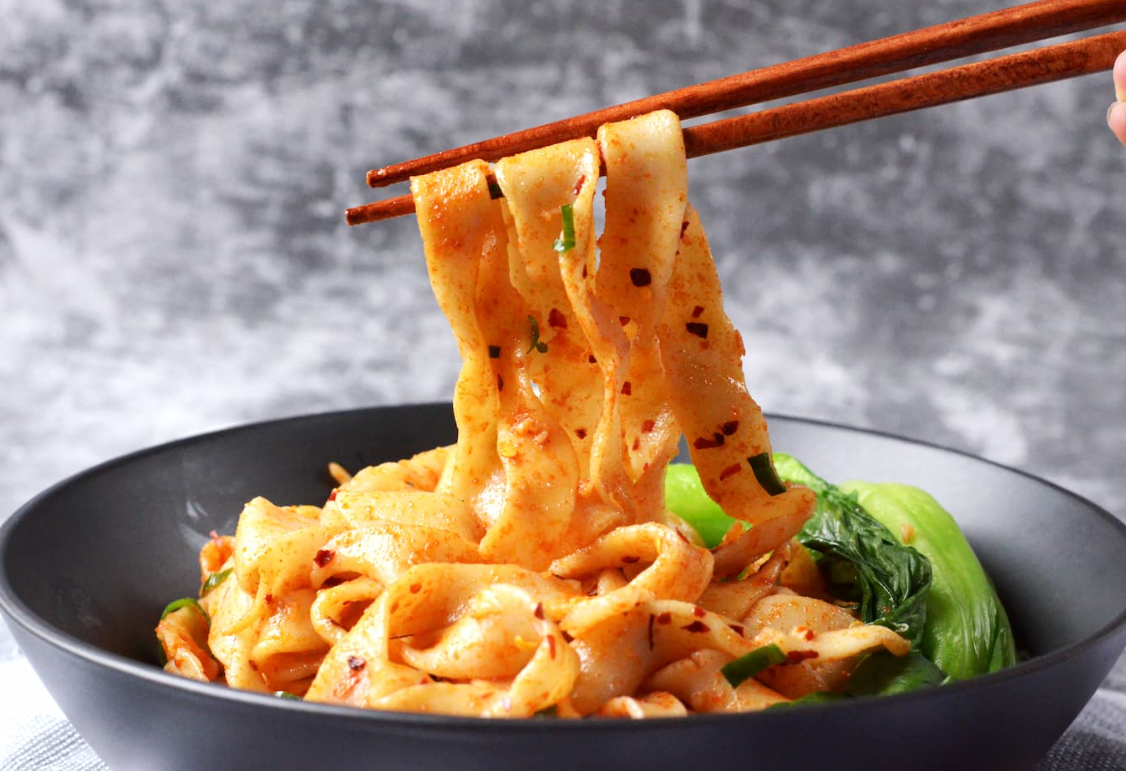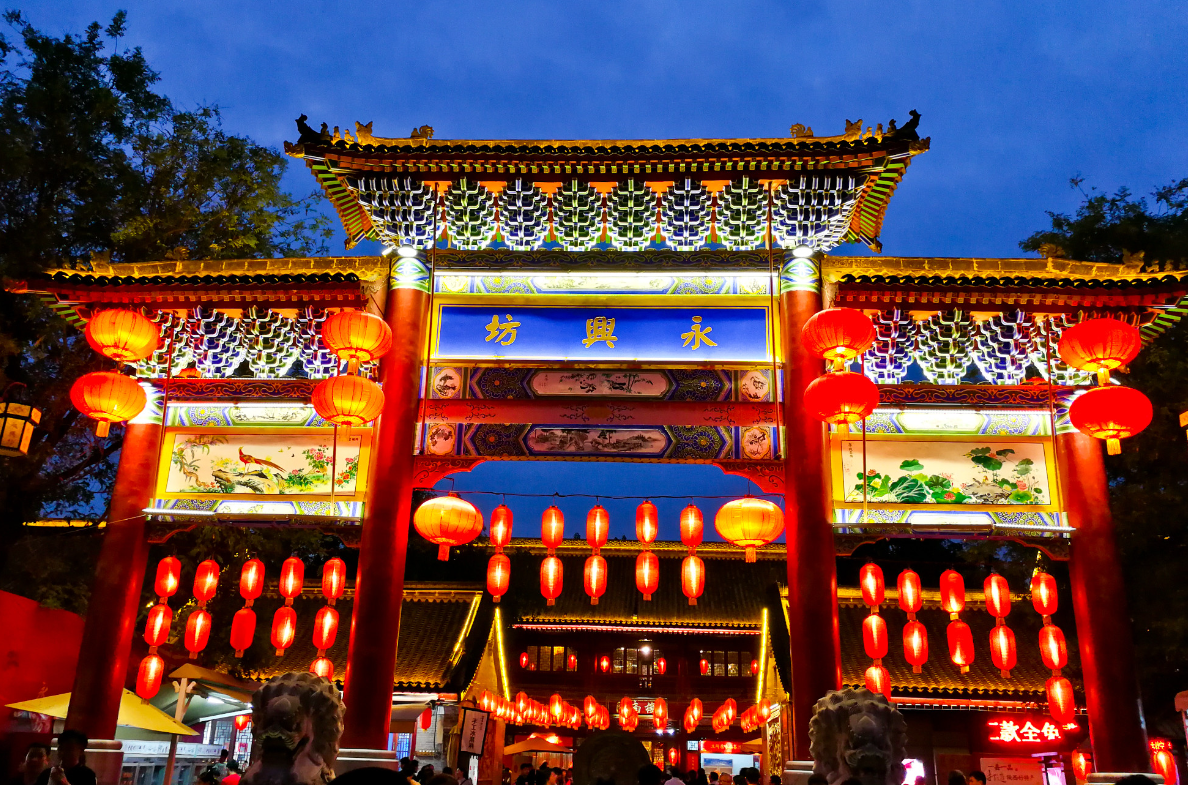A 3-Day Itinerary in Xi’an: Discovering the Soul of Ancient China
For many travelers visiting China, Xi’an is a destination that combines deep history with real character. As the starting point of the Silk Road and home to the Terracotta Army, Xi’an isn’t just about checking off famous landmarks—it’s about feeling the weight of history while enjoying the energy of a modern Chinese city. This 3-day itinerary is designed for independent travelers who want to make the most of their short stay without rushing.

Day 1: Ancient Walls and Local Flavors
Your journey begins inside the old city. The best way to start is by exploring the Xi’an City Wall, one of the oldest and best-preserved in China. Rent a bike at the South Gate and ride the full 14-kilometer loop at your own pace. Along the way, you’ll get a sweeping view of the ancient and modern sides of Xi’an coexisting in harmony.
After the ride, head straight to the Muslim Quarter, just a short walk from the wall. This bustling area is a food lover’s dream—lamb skewers, pomegranate juice, fried buns, and local candies line the narrow lanes. Visit the Great Mosque, a peaceful blend of Chinese and Islamic architecture tucked quietly away from the crowds.
In the evening, take a slow walk to Drum Tower Square to enjoy the night lights. If you're up for it, catch the Tang Dynasty Music and Dance Show, which combines history and theater in a surprisingly entertaining performance.
Tip: Stay inside the old city if you prefer walkability and traditional charm. Guesthouses and boutique hotels near the South Gate or Bell Tower are convenient and atmospheric.
Day 2: Terracotta Warriors and Tang Dynasty Culture

No trip to Xi’an is complete without visiting the Terracotta Army, located about 40 kilometers from the city center. You can book a half-day tour or take the public bus from the Xi’an Railway Station. Allow at least 3–4 hours for the museum—it includes three excavation pits and a cultural exhibition that explains why Emperor Qin Shi Huang built such an ambitious tomb complex.
Return to Xi’an in the afternoon and make your way to the Big Wild Goose Pagoda, a symbol of the Tang Dynasty’s Buddhist heritage. The surrounding area is pedestrian-friendly and lively, with public squares, fountains, and plenty of street performers in the evening.
If you want a quieter sunset experience, visit Tang Paradise, a theme park-style cultural zone with reconstructed palaces and gardens. It’s not ancient, but it offers a theatrical and visual representation of Xi’an’s Tang-era elegance.

Dinner Suggestion: Try Biangbiang noodles—thick, hand-pulled, and usually served with spicy chili oil and beef or vegetables. It’s a signature Xi’an dish and perfect after a long day.
Day 3: Local Life and Hidden Treasures
On your final day, focus on lesser-known areas that give insight into Xi’an’s soul. Start with a visit to Small Wild Goose Pagoda, located in a serene park surrounded by trees, ponds, and local morning exercisers. There’s also a small museum nearby that walks you through Xi’an’s history as 13 dynasties’ capital.
Next, head to Shuyuanmen Cultural Street, where local artists sell calligraphy scrolls, paintings, and antique books. Even if you’re not shopping, it’s a charming place to stroll, and the architecture reflects Ming and Qing era styles.
For lunch, find a local dumpling shop—Xi’an is famous for its variety of dumplings, especially those shaped like animals or seasonal fruits. If you're interested, some restaurants offer dumpling banquets with up to 20 different fillings.

Wrap up your trip by walking along Yongxingfang, a cultural block filled with street performances, food stalls, and local crafts. It’s more relaxed than the Muslim Quarter and attracts more local families than tourists. A great place to grab a final snack or buy meaningful souvenirs before heading to the airport or train station.
Getting Around Xi’an:
-
The Xi’an Metro is cheap, clean, and covers most major sights.
-
Shared bikes (like Meituan or HelloBike) are everywhere, but app setup might require a Chinese phone number.
-
Taxis and Didi (Chinese Uber) are widely available. Avoid rush hours if possible.
Final Thoughts
Three days in Xi’an is enough to scratch the surface, but what you’ll take home is more than a list of places visited. It’s the smell of cumin in the streets, the sight of ancient bricks under your feet, and the surprise of hearing a shopkeeper greet you in English with a smile.
Xi’an is not just a historical destination—it’s a living city with a unique rhythm. Whether you’re into history, food, photography, or simply observing daily life, Xi’an welcomes you with open arms—and maybe a plate of steaming noodles.

